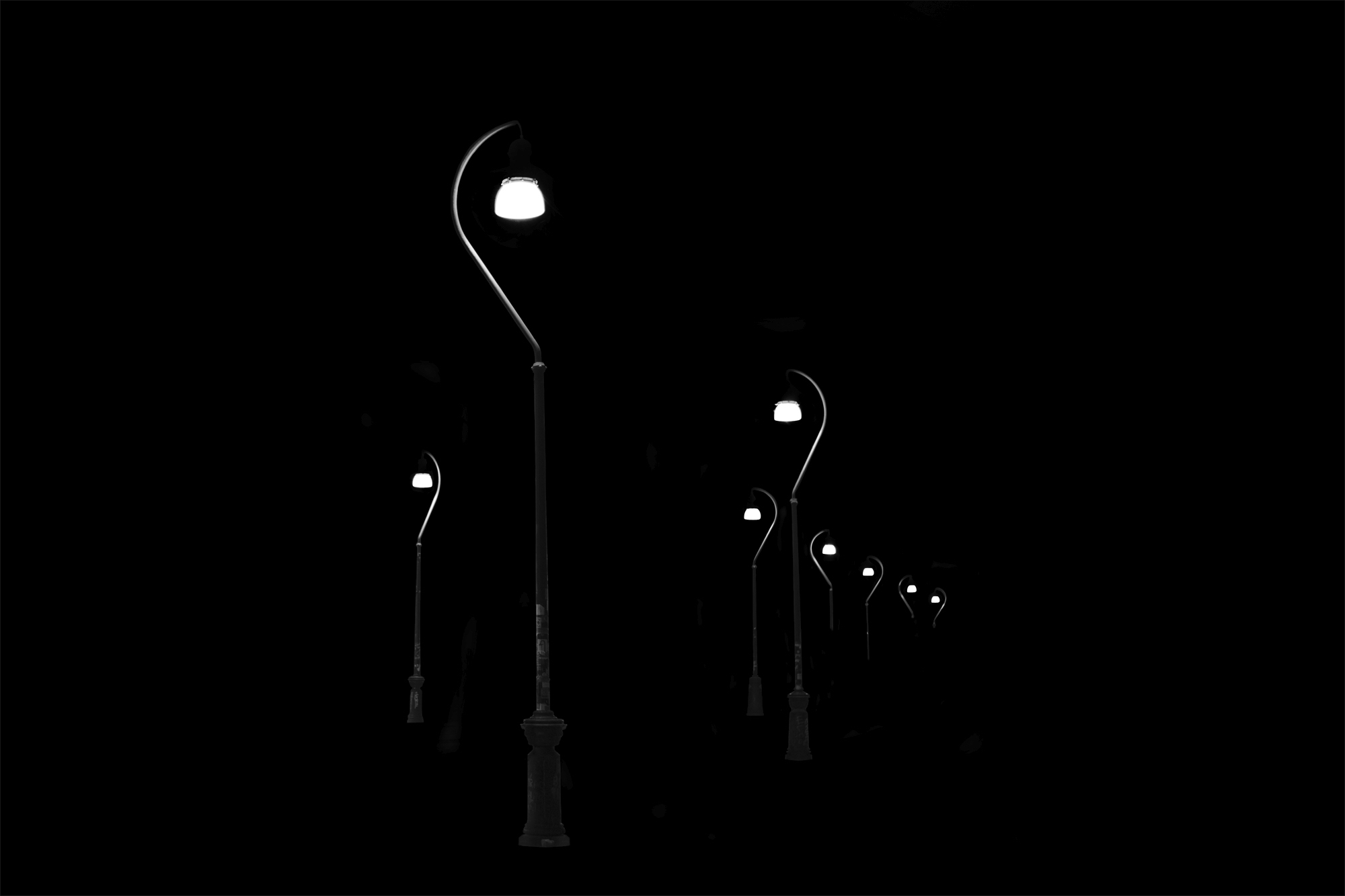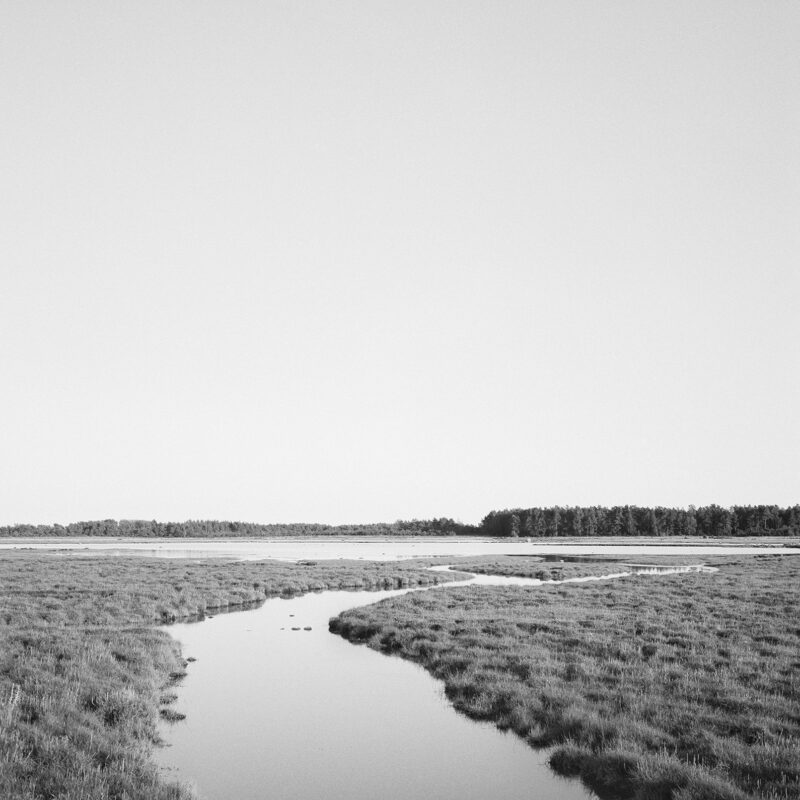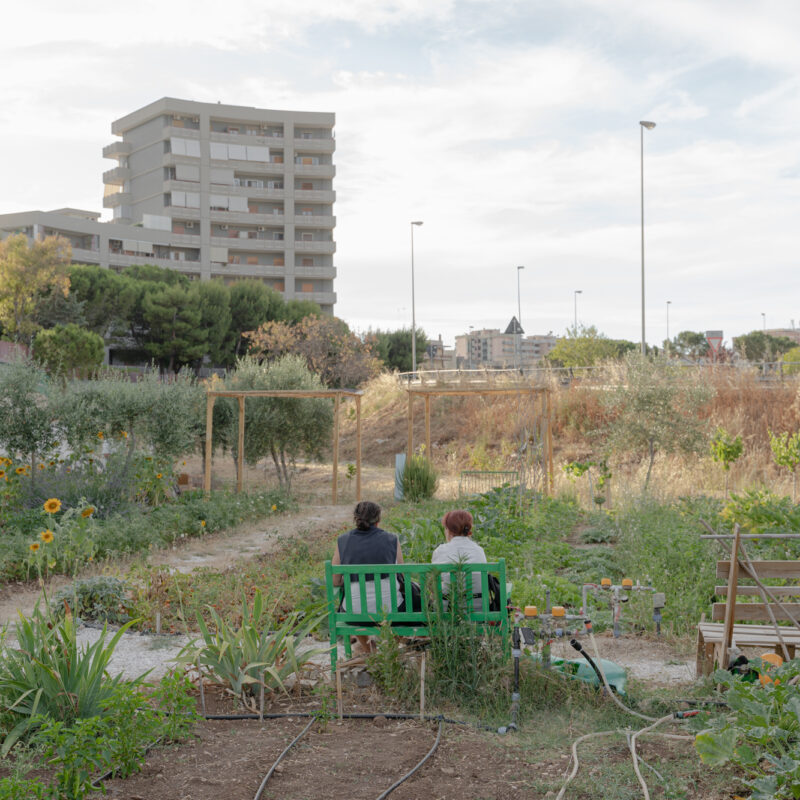Ciao Carola, parlaci un po’ di te e di come ti sei avvicinata alla fotografia e all’immagine visiva.
Il mio avvicinamento al mondo della fotografia e dell’immagine è stato del tutto casuale. Molto semplicemente, mio papà aveva da poco comprato una macchina digitale e in un momento di indecisione e confusione su quale percorso di vita prendere, ho deciso di impiegare un po’ di tempo per imparare come funzionava quella Nikon. Così mi sono iscritta a un breve corso base, poi a un altro e un altro ancora, fino a decidere che avrei voluto far diventare la fotografia una parte integrante della mia vita. Sempre del tutto casualmente, pochi mesi dopo ho incontrato un fotografo a teatro che stava cercando un’assistente. Ho lavorato nel suo studio quasi tre anni, tempo in cui mi ha insegnato tutto quello che so: fotografia digitale, analogica, camera oscura, post produzione. Si può dire che abbia avuto una formazione “a bottega”, che mi ha aiutato a cimentarmi subito sul campo. Prima di iniziare ad andare quotidianamente nel suo studio per tutto il giorno, ero iscritta all’Università. Per quanto possa essere sembrata una decisione un po’ avventata abbandonarla per dedicarmi a tempo pieno alla fotografia, ora come ora non sono per nulla pentita di quella scelta.
Come è nato il progetto “Notturni“?
Anche in questo caso, la casualità con cui si muove l’amatore ha avuto sicuramente un ruolo non indifferente: il primo corso che ho iniziato di fotografia si teneva in orari serali e uscivamo sempre tardi una volta finito l’incontro. Dato che avevo la macchina fotografica dietro, tornando a casa a piedi facevo lunghi giri per esercitarmi, attratta inconsapevolmente da quello che sarebbe diventato il soggetto del mio primo lavoro di ricerca. Pian piano, coi mesi, iniziando poi a lavorare nello studio del fotografo, ho iniziato a ragionare sul materiale che avevo raccolto cercando di dargli una forma sempre più coerente alla visione del tutto acerba iniziale. Il lavoro è diventato il primo vero terreno di ragionamento in merito alla fotografia e alla mia ricerca: la sintesi, l’identificazione e l’auto-riconoscimento con qualcos’altro (in questo caso il paesaggio urbano), l’isolamento degli elementi formali col fine di raggiungere una visione astratta, sganciata dal dato di realtà e più vicina invece alla propria identità a confronto con l’”altro”. Nel lavoro “Notturni” si può dire che il paesaggio venga visto come un insieme di segni che compongono un sistema di simboli in cui potersi leggere e riconoscere.
Da chi prendi ispirazione per i tuoi lavori?
I maestri che mi influenzano e ispirano appartengono a tutti i campi dell’espressione, dalla letteratura alla musica, fino ovviamente alla fotografia: in questo ambito sono, tra gli altri, i più che noti come Edward weston anziché Bill Brandt o Mimmo Jodice o ancora Mario Giacomelli a segnarmi sempre quando li incontro sul cammino. Per fare ancora qualche nome cito Arno Rafael Minkkinen, Francesca Woodman, Herbert List, Ansel Adams: per quanto possano essere diversissimi tra loro, e appartenenti a fasi anche distanti della storia della fotografia, credo abbiano avuto le intuizioni poetiche e formali delle più felici in assoluto. Ma ci sono anche Rothko in pittura o Mario Luzi in poesia, Dvořák e Pharoah Sanders in musica, l’elenco potrebbe essere lungo. Quello che più conta è la spinta a usare il proprio mezzo espressivo e ciò che si cerca nel farlo. Che sia pittura o jazz poco importa, il linguaggio sotteso e sotterraneo che lega ogni ambito è quello unicamente umano, che rimane sempre universalmente riconoscibile.
Qual è la prima cosa che faiquando decidi di sviluppare un progetto?
Il primo passo è cercare di capire davvero cosa mi ha mossa ad affrontare quell’argomento: dopo un primo istinto o una prima idea, e quindi dopo i primi esperimenti formali verso una nuova ricerca, per evitare di creare da sola della confusione e di allontanarmi dal vero intento comunicativo, cerco di connettermi a quella spinta iniziale. I lavori su cui ragiono non hanno mai un’impronta narrativa, non raccontano “la” o una realtà, cercano anzi di argomentare un pensiero o un’emozione: ogni immagine del lavoro sarà specchio e declinazione di un’idea, non il capitolo di una storia. Per questo motivo ad esempio nessun lavoro ha una fine precisa, se non quella che decido arbitrariamente quando sento che si può definire momentaneamente esaurito per poter passare a ragionare su altro.
Hi Carola, tell us a little about yourself and how you approached photography and visual images.
My approach to the world of photography and images was completely accidental. Quite simply, my dad had recently bought a digital camera and in a moment of doubt and confusion about which path to take in life, I decided to spend some time to learn how that Nikon worked. So I enrolled in a short course about the basics, then another and another, until I decided that I wanted to make photography an integral part of my life. Also completely by chance, a few months later I met a photographer at the theater who was looking for an assistant. I worked in his photographic studio for almost three years, a time in which he taught me everything I know now: about analogic and digital photography, darkrooms and post production. They can say I had a “workshop” training, which helped me to get immediately on the field. Prior to attending his studio every day, I was enrolled in the University. Although it may have seemed a rushed decision to abandon it to devote myself full time to photography, right now I am not at all regretful of that choice.
How did the “Notturni” project come to be?
Also in this case, the randomness with which the amateur moves certainly played a significant role: the first photography course I attended was held in the evening and we always went out late once the meeting was over. Since I had my camera with me, I would take long walks home to practice, unwittingly attracted to what was to become the subject of my first research work. Gradually, over the months, even after starting to work in the photographer’s studio, I came to think about the material I had collected, trying to give an increasingly coherent form to the completely unripe initial vision. The work became my first real reasoning foundation about photography and my research: the synthesis, identification and self-recognition with something else (in this case the urban landscape), the isolation of formal elements with the aim of reaching an abstract vision, detached from reality data and instead closer to one’s own identity in comparison with the “other”. In the work “Notturni” the landscape is seen as a set of signs in which we ourselves can recognized.
Who do you take inspiration from?
The masters who influence and inspire me belong to all fields of expression, from literature to music, up to of course photography: in this area they are, among others, the well-known Edward Weston, Bill Brandt, Mimmo Jodice or still Mario Giacomelli. To mention a few more names, I quote Arno Rafael Minkkinen, Francesca Woodman, Herbert List, Ansel Adams: although they may be very different from each other, and even belong to distant phases in the history of photography, I believe they had the most auspicious poetic and formal intuitions. But there are also painter such as Rothko or poets like Mario Luzi, Dvořák and Pharoah Sanders as composers, the list could be infinite. What matters the most is the drive to use your own medium and what one seeks in doing so. It doesn’t matter whether it is painting or jazz, the underlying and underground language that binds all arts is the uniquely human language, which remains universally recognizable.
What is the first thing you do when you decide to develop a project?
The first step is to try to really understand what moved me to tackle that topic: after a first instinct or a first idea, meaning also after the first formal experiments towards a new research, to avoid confusing myself and miss the real communicative intent, I try to connect to that initial push. The works I create don’t have a narrative imprint, they do not tell “the” or a reality, on the contrary they try to argue a thought or an emotion: every image of the work will be a mirror and declination of an idea, not the chapter of a story. For this reason, for example, no project of mine has a precise end, if not the ones that I arbitrarily decide they feel finished and exhausted in order to move on to think about something new.












